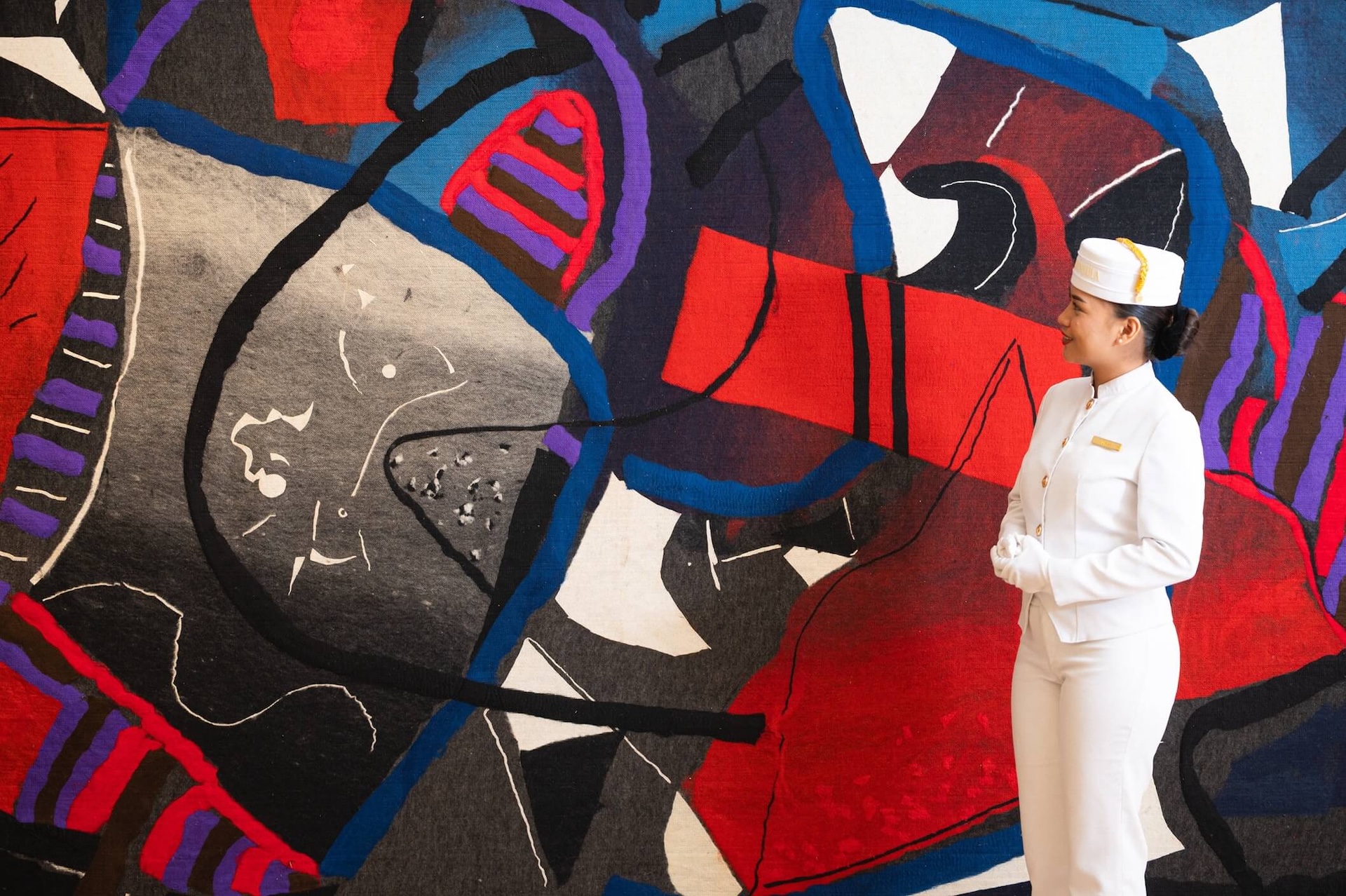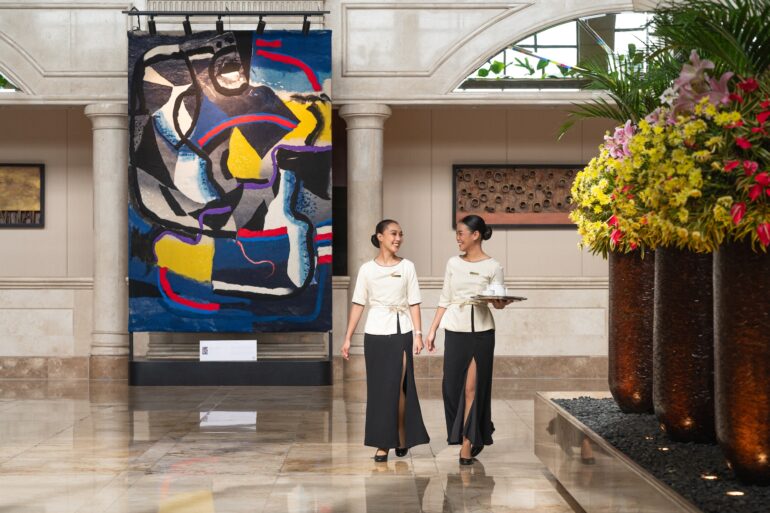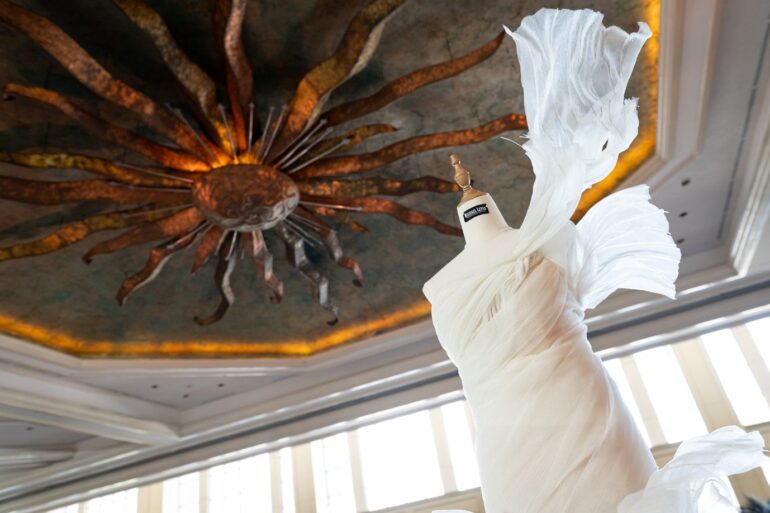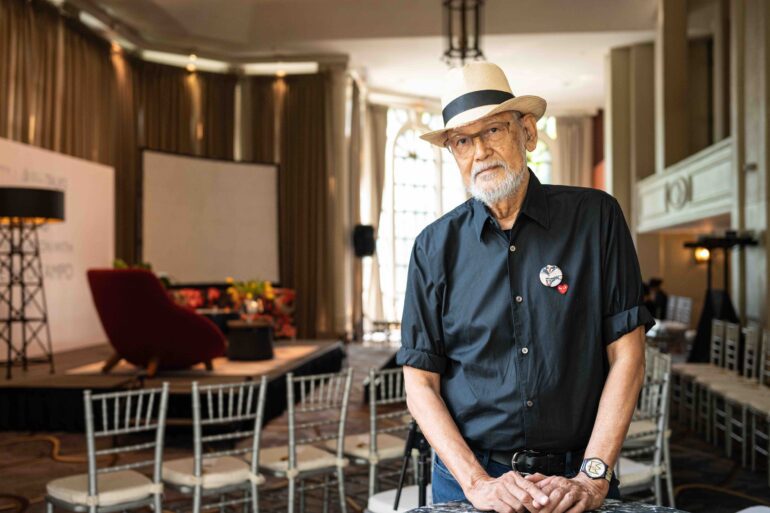The monumental tapestries of the late National Artist transform The Peninsula Manila’s lobby into a cathedral of color and memory.
In the elegant expanse of The Peninsula Manila’s lobby, something extraordinary is unfolding—a conversation between past and present, between the hands of a master and the eyes of a new generation. Three towering tapestries, their surfaces alive with color and movement, display one man’s revolutionary vision: Federico Aguilar Alcuaz’s belief that fabric could sing with the same voice as paint.
These are not ordinary wall hangings. Measuring up to 142 inches tall and 88 inches wide, the Art Protis tapestries—“Spring VIII,” “Spring XII,” and “Filipiny”—command attention with the authority of cathedral windows, their jewel-toned surfaces catching light and shadow in ways that seem to make the very air shimmer around them.

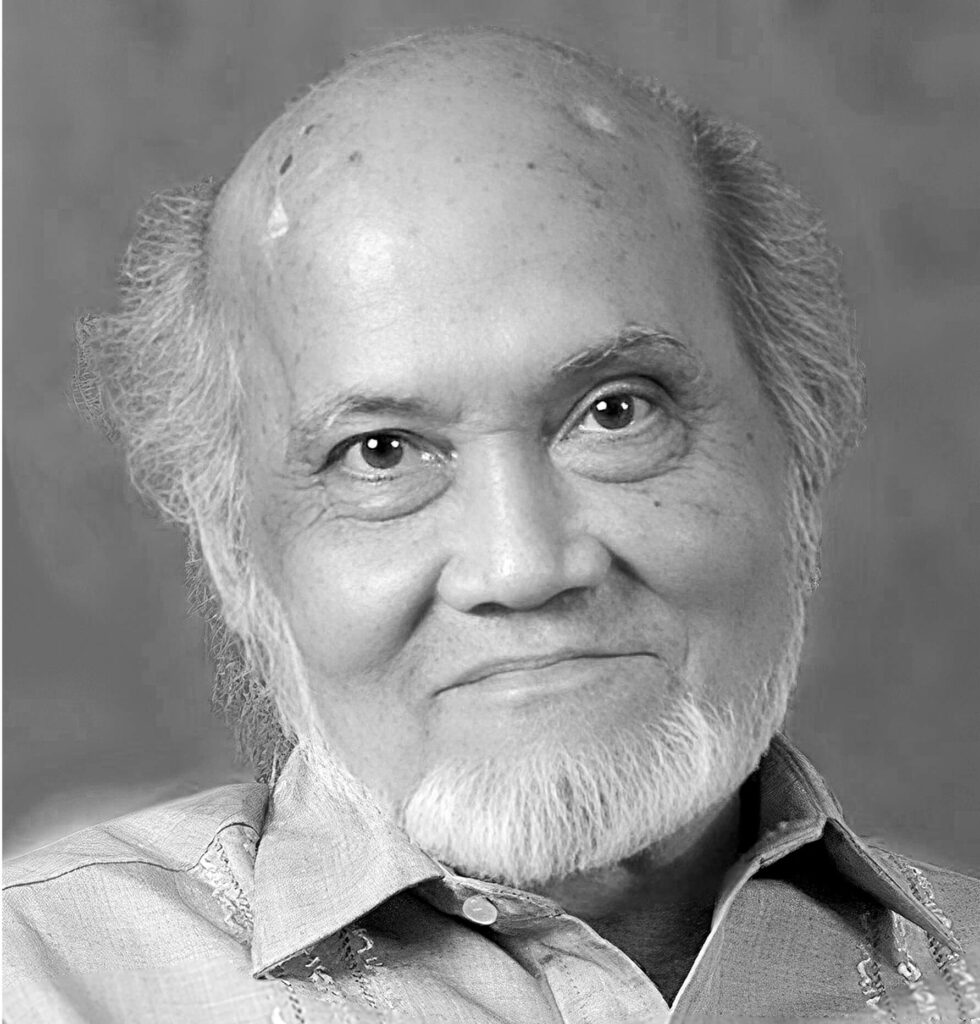
For those unfamiliar with Alcuaz’s journey, these works tell an astonishing story of artistic reinvention. In 1968, during a visit to Prague, the Filipino master encountered Art Protis, a revolutionary technique that would transform his career and challenge everything the art world thought it knew about tapestry.
Gone were the traditional looms, the painstaking thread-by-thread construction that had defined textile art for millennia. In their place: raw sheets of wool, dyed in brilliant colors, cut and layered like a painter’s collage, then pressed and stitched onto canvas through an innovative needle-punching process. Alcuaz called it “painting with fabrics,” and the description feels both modest and profound when you stand before these works.
“The labor-intensive method,” as curator Ricky Francisco of Fundacíon Sansó explains, “became the hallmark of Aguilar Alcuaz’s work.” But the phrase barely captures the alchemy at play—how raw materials transformed into surfaces that seem to pulse with their own heartbeat, how static fiber became dynamic expression.
Related story: Historian Ambeth Ocampo, artist BenCab on art and identity
Related story: BSP’s ‘Kultura. Kapital. Kasalukuyan’ exhibit explores the struggles and dreams of a nation
Related story: Hanging around Bencab’s muses and dancers at The Peninsula Manila
A season captured in wool
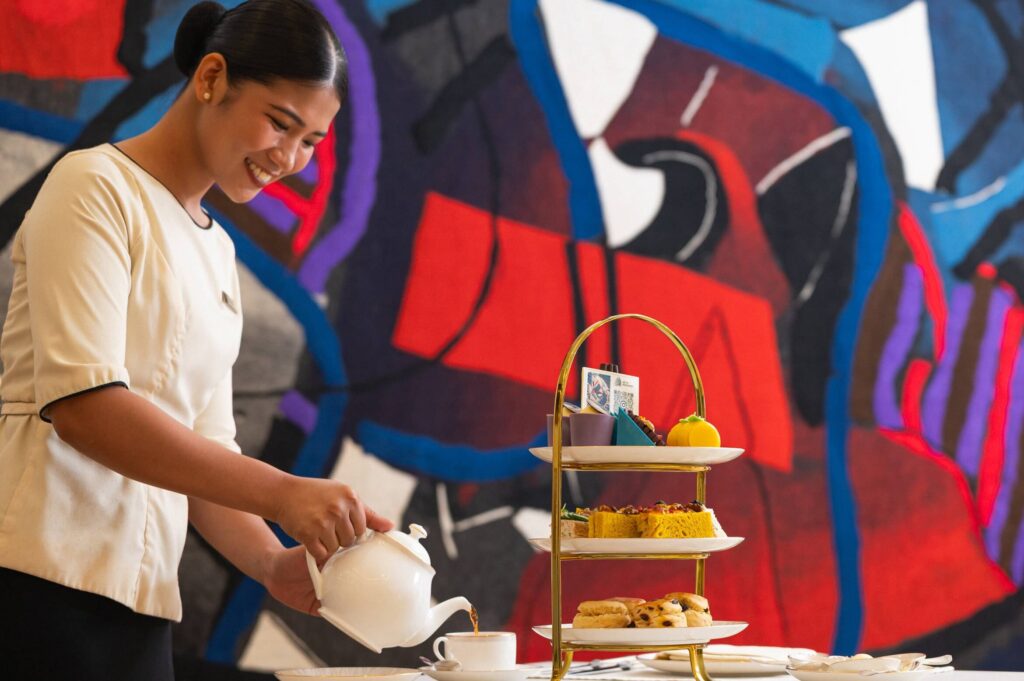
“Spring VIII (Abstract #84)” dominates the lobby wall like a force of nature. At nearly 12 feet tall, it’s the largest of the trio, and its presence is correspondingly powerful. Bold swaths of red collide with deep blues and purples, while streaks of black cut through like lightning across a storm-dark sky. The surface shifts constantly under changing light—dense and solid in one passage, light and porous in another, as if the fabric itself were breathing.
Standing before it, you understand what Alcuaz meant about “uncluttered playfulness with constant fluidity.” This is spring not a gentle awakening, but a passionate eruption—the season’s energy translated into pure visual rhythm that makes your pulse quicken in response.
“Spring XII (Abstract #123),” though smaller in scale, holds its own through sheer intensity of color. Deep blues provide a cooling counterpoint to flashes of luminous yellow that seem to glow from within the fabric. Black contours snake across the surface like growing vines, connecting fragments of form in ways that suggest the mysterious processes of renewal and growth.
Here, Alcuaz captures not a literal landscape but something more elusive—the essence of spring’s energy, its quality of light, its promise of transformation. The work pulses with contrasts that feel alive: warmth against coolness, openness against density, hope against shadow.
When flag becomes poetry
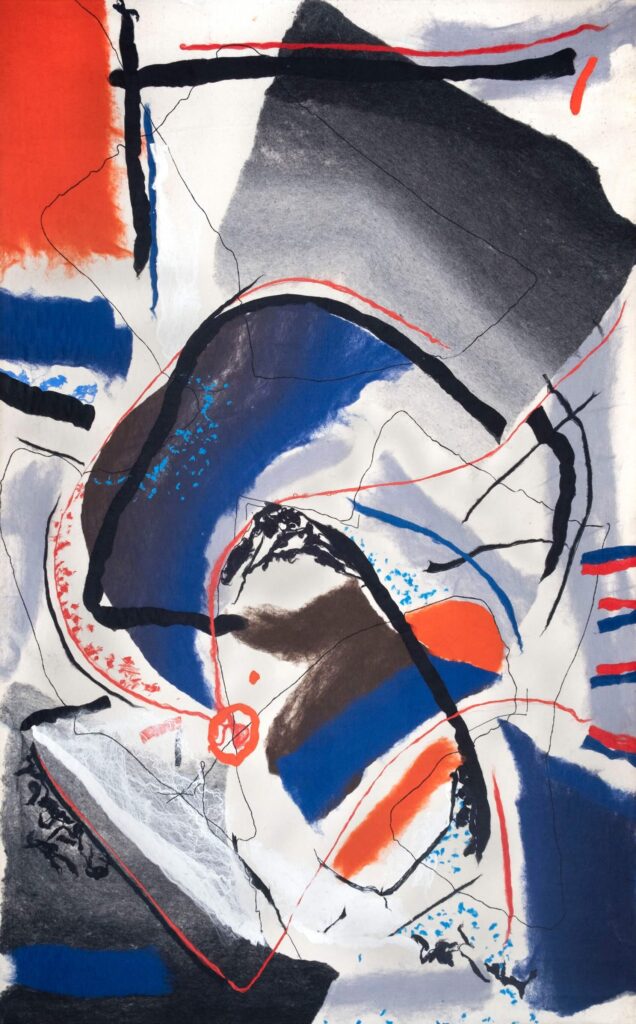
But it’s “Filipiny (Abstract #124)” that perhaps cuts deepest into the heart. The title alone—a reference to his homeland—hints at the emotional weight this piece carries. Bold reds, deep blues, and stark whites immediately evoke the Philippine flag, yet Alcuaz refuses to let them settle into patriotic cliché. Instead, he lets the colors burst outward and collide, their edges softened and disrupted by expressive strokes of black and unexpected accents of orange.
The result is something far more complex than nationalism—it’s a meditation on identity itself, on what it means to carry the colors of home in your heart while speaking in the universal language of art. The diagonals and arcs give the piece a sense of momentum, as though the fabric itself were in motion, forever negotiating between the particular and the universal, the Filipino and the human.
A living celebration

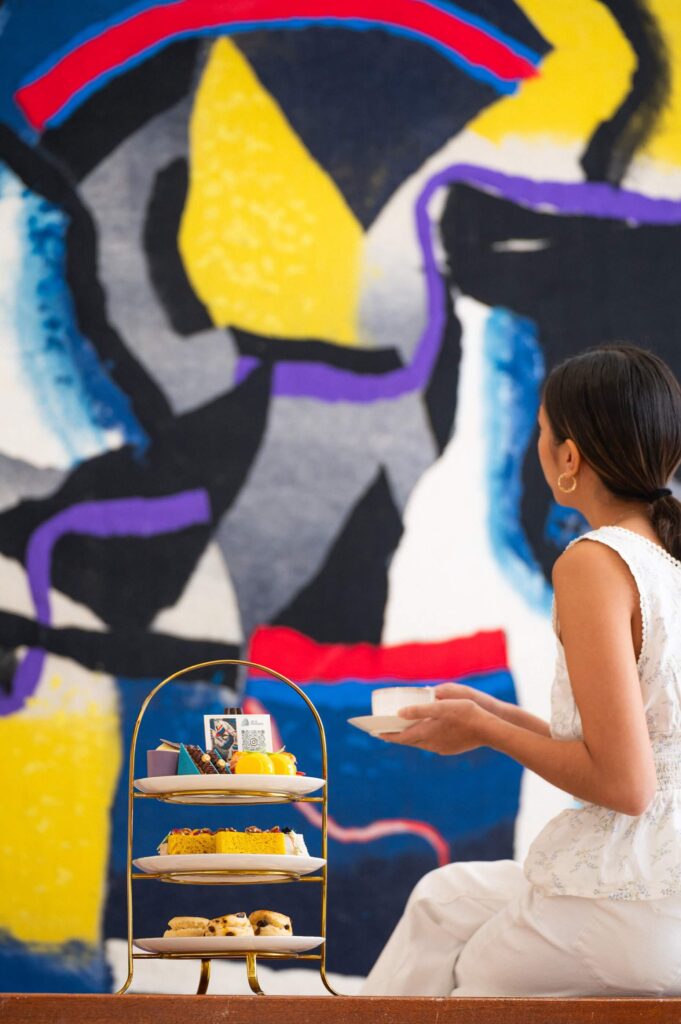
The Peninsula Manila has crafted an entire cultural ecosystem around these works. From September 2 to 30, visitors can experience not just the tapestries but a specially designed afternoon tea menu inspired by Alcuaz’s color palette and artistic philosophy. It’s a delightful conceit—tasting the flavors that might match these visual harmonies, letting the art extend beyond sight into the realm of taste and conversation.
On September 6, the experience deepens with “Art in Resonance TALKS,” featuring Christian Aguilar sharing insights into his father’s artistic legacy through both film and personal reflection. The intimate setting of The Conservatory promises to reveal the man behind the masterworks, the Filipino artist who helped redefine what tapestry could be on the international stage.
Running concurrently will be “Homage to Alcuaz” at The Upper Lobby—over 40 paintings by young and mid-career artists honoring the National Artist’s influence. It’s a powerful reminder that great art doesn’t end with its creator; it lives on in the work it inspires, the boundaries it pushes, the conversations it continues to generate.
Art as universal language
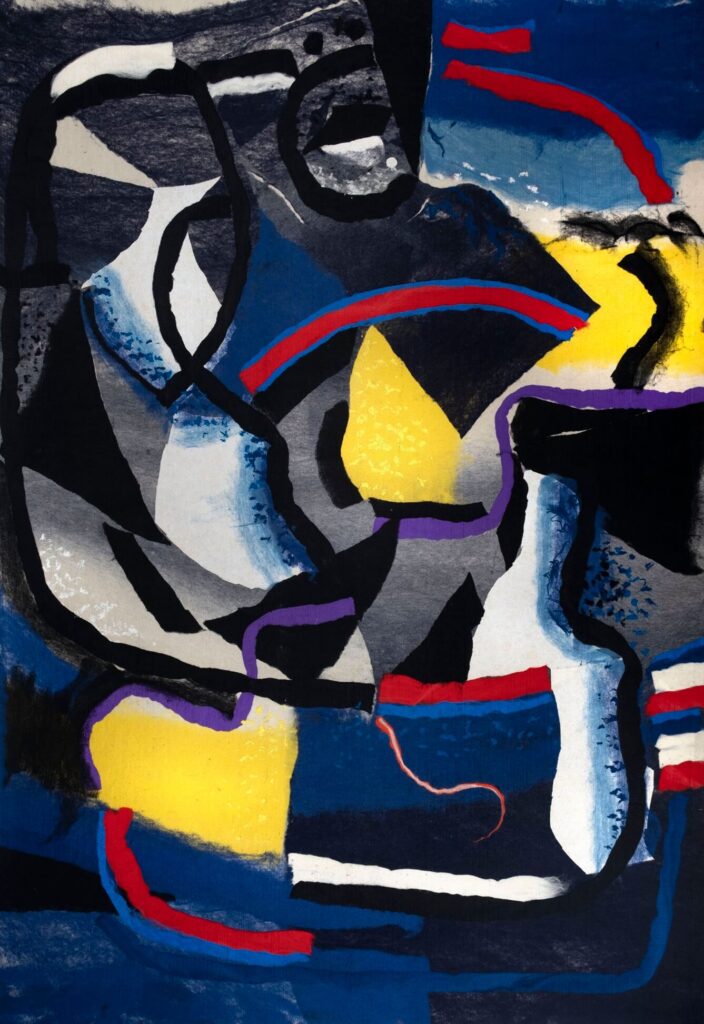
This exhibition represents the latest chapter in The Peninsula Hotels’ Art in Resonance program, a global initiative that recognizes art’s power as “an inclusive and universal language that crosses borders and builds connections.”
In choosing Alcuaz’s work, The Peninsula Manila affirms something crucial about cultural identity in a globalized world—that the most powerful art often emerges not from insularity but from creative collision, from artists willing to take techniques born in Czech laboratories and transform them through distinctly Filipino sensibilities.
Federico Alcuaz achieved something remarkable in his career: he became a bridge between local traditions and global tendencies, proving that Filipino modernism could hold its own on any international stage. His elevation to National Artist for Visual Arts in 2009 recognized not just his creative achievements but his role in expanding what Philippine art could be and mean.
Related story: From the stolen Amorsolo to other missing artworks: Why art theft is both an atrocity and a fascination
Related story: Introducing Maison Margiela Line 2: The French fashion house’s collection of ‘intangible products’
Related story: Precious but empty: The contradictions of Nicola Bolla’s ‘Van Gogh’ chair
Standing in The Peninsula Manila’s lobby, surrounded by these monumental works, you begin to understand what Alcuaz achieved with his radical reimagining of tapestry. These are not static decorative objects but living surfaces that change with light, with perspective, with the viewer’s own movement through space. They embody his vision of abstraction as “a space of energy and improvisation”—jazz in visual form, where overlapping planes and contrasting rhythms suggest both discord and harmony.
The Art Protis technique, with its layering and pressing and stitching, creates surfaces that blur the boundaries between painting and sculpture, between the visual and the tactile. You find yourself wanting to feel the texture of Alcuaz’s “painting with fabrics.”
But perhaps most remarkably, these tapestries demonstrate how an ancient craft can be revolutionized without losing its essential power to wrap us in beauty, to transform spaces into sanctuaries, to remind us that art at its best doesn’t just decorate our lives—it enlarges them.
The Federico Aguilar Alcuaz Art in Resonance exhibition runs through September 30 at The Peninsula Manila’s Lobby. Art in Resonance Talks takes place on September 6 at 2 pm, followed by the opening of “Homage to Alcuaz” at 3 pm. For reservations and inquiries, call +63 (2) 8887 2888, extension 6694.

